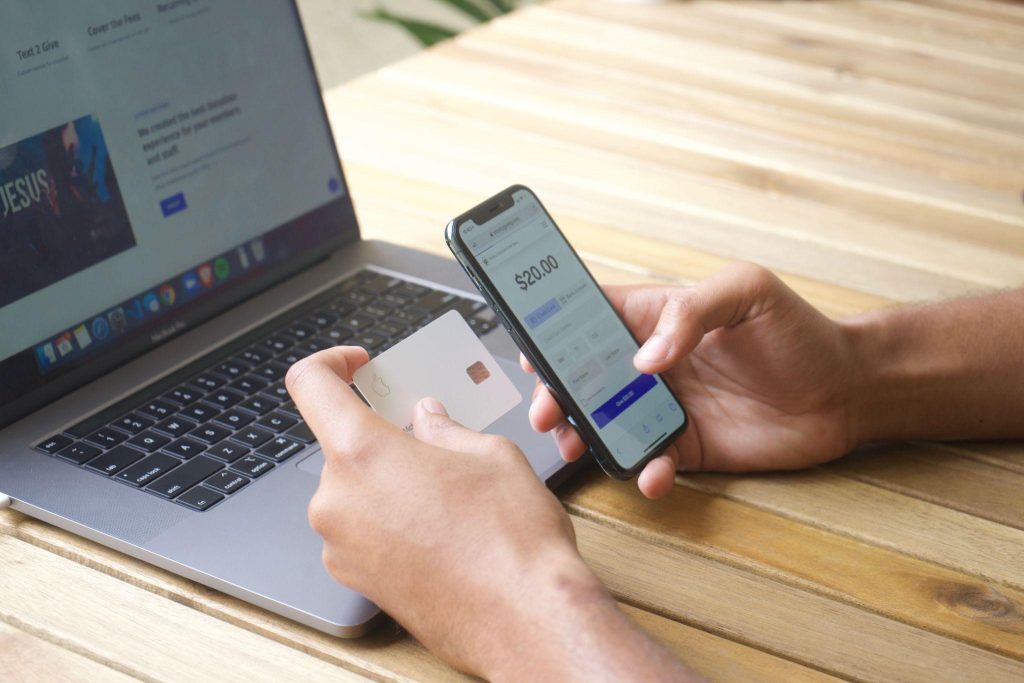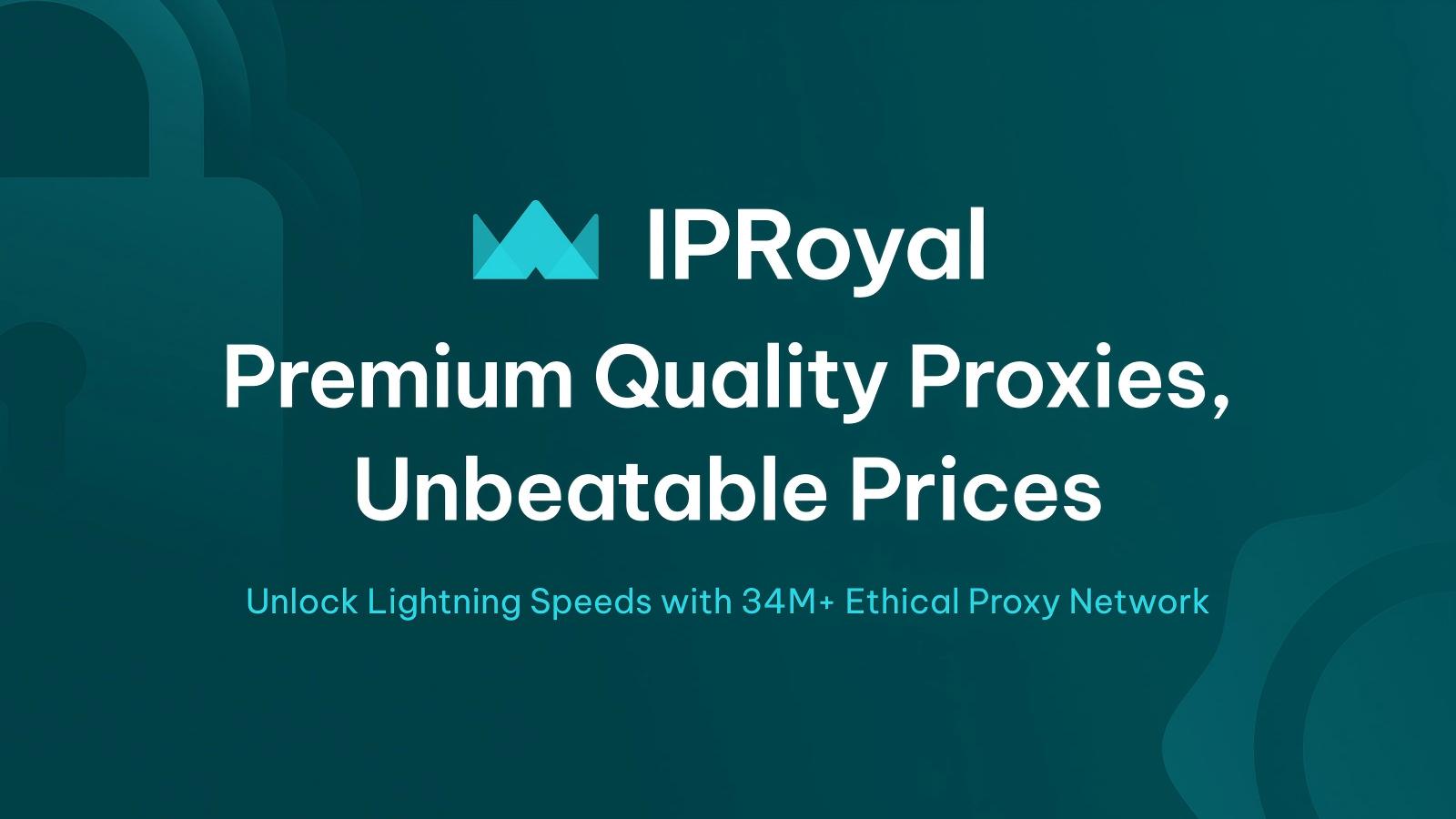In the digital age, business-to-business (B2B) marketplaces have become indispensable tools for companies, particularly in the United States, where the industry is seeing a significant surge. According to Codica, an expert in B2B marketplace development, there are several best practices to consider when developing a B2B marketplace.
Defining Your Target Audience
A deep understanding of your target group is the cornerstone of building an effective B2B marketplace. To define your audience, you must delve into their demographics, including age, job titles, industries, and locations. But the process doesn’t stop there. It’s equally essential to gain insight into their psychographics—their interests, pain points, preferences, and behaviors.
Knowing what drives your audience and the challenges they face can help you develop a platform that resonates with them.
For instance, if your audience struggles with time management, you might build features that streamline processes and save time. A detailed understanding of your audience also helps in crafting personalized marketing messages that grab attention and drive engagement.
Remember, defining your target audience is a continuous process. As your B2B marketplace evolves, stay agile and adaptable to accommodate changes in the market and the needs of your users. By aligning your platform with your target audience’s requirements, you’ll be well-positioned to create a thriving B2B marketplace that delivers value to both buyers and sellers.

Building a User-Friendly Interface
Creating a user-friendly interface is a critical aspect of B2B marketplace development. This involves developing an intuitive navigation system that enables people to find what they’re looking for simply. It also requires a clean, aesthetically pleasing design that enhances the user experience. What to do to get a user-friendly solution?
It would be great to organize information in a hierarchical manner, ensuring important and frequently accessed features are readily accessible. Employing visual cues like color, size, and typography is an effective way to draw attention to crucial elements and guide users’ focus within your interface.
Additionally, integrating advanced filtering functionalities is vital to assist users in refining their search results according to specific criteria like location, price, or industry. Moreover, it’s imperative to prioritize a responsive design approach, optimizing your interface for diverse devices and screen sizes to ensure a seamless user experience. This will enable users to access and interact with your marketplace across desktops, tablets, and mobile devices easily.
Also, maintain consistency in your design elements, such as buttons, icons, colors, and typography. Consistency creates familiarity, reduces cognitive load, and enhances the overall user experience.
Use clear and prominent CTAs to guide users through needed actions – for example, making a purchase, contacting a supplier, or submitting a request. Also, use notifications to inform users about important updates, such as order status changes or new messages.
In general, keep in mind that the easier it is for users to interact with your platform, the more likely they are to stay and conduct business.

Ensuring Data Security and Privacy
In today’s digital era, safeguarding data security and privacy is of utmost importance. B2B marketplaces handle critical information, such as company data and financial details, which makes them an attractive target for cyber threats and attacks.
Therefore, your platform must implement rigorous security measures to protect this data. This could involve using encryption technologies for data at rest and in transit, secure user authentication methods, and regular security audits to identify potential vulnerabilities.
It is essential to employ secure payment gateways that comply with Payment Card Industry Data Security Standard (PCI DSS) requirements. Avoid storing payment card information and consider using tokenization or third-party payment processors to minimize the risk of data breaches.
Moreover, adhering to privacy laws and regulations is vital. Users must be confident that their data is safe and used appropriately. This not only helps in gaining user trust but also establishes your platform’s credibility and reputation.
So, ensure compliance with relevant data protection and privacy laws, such as the General Data Protection Regulation (GDPR) or the California Consumer Privacy Act (CCPA). Get user consent for processing activities and data collection and provide transparency regarding how their data is handled.
Streamlining Transactions and Payments
Efficiency is key when it comes to transactions and payments on a B2B marketplace. Your platform should support a range of payment methods, catering to the diverse preferences of your users. The transaction process should be transparent and understandable, reducing the risk of errors and misunderstandings.
Furthermore, dispute resolution mechanisms should be in place to handle any issues that arise, ensuring that conflicts are resolved promptly and fairly.
But how to achieve smoother and faster transactions and payments on the marketplace platform?
Integrating with reliable payment gateways and providing real-time transaction tracking can significantly enhance user experience and satisfaction. In essence, the smoother the transaction and payment process, the more likely people are to continue using your platform.
Streamlining transactions and payments in a marketplace also involves implementing multiple payment options, partnering with secure payment gateway providers, integrating an escrow system for high-value transactions, and ensuring transparent pricing and fees.

Marketing and Promoting Your B2B Marketplace
Marketing and promotion are very important to the success of your B2B marketplace. An effective marketing strategy starts with defining your unique selling proposition – what sets your platform apart from the competition. This could be unique features, superior customer service, or niche market focus.
Also, you should clearly define your target audience based on industry, company size, and specific needs. This will assist you in tailoring your marketing messages and reaching the right audience effectively.
Once you’ve defined your USP (unique selling point), you can leverage various marketing channels to spread the word. This might involve search engine optimization (SEO) to increase your platform’s visibility on search engines, content marketing to provide value to your audience and establish your platform as an industry authority and social media marketing to engage with your audience and build a community around your platform.
You might also consider email marketing, which allows you to send personalized messages to your audience, fostering a deeper relationship with them.
By the way, you can collaborate with influencers or industry experts who have a strong following in your target market. They can help amplify your brand message, showcase the benefits of your marketplace, and generate trust among their audience.
It is helpful to participate in relevant industry events, trade shows, and webinars to network with potential users and showcase your B2B marketplace. For example, consider speaking engagements or hosting your own webinars to position yourself as an industry thought leader.
And remember, the goal is not just to attract users to your platform but to retain them and encourage ongoing engagement.
Examples of successful B2B marketplaces
Now, let’s consider several successful B2B marketplaces that are aware of the best practices in B2B marketplace creation. By implementing these practices, they have gained prominence in different industries.
Here are some notable examples:
Amazon Business. It is a B2B marketplace that offers a wide range of products to businesses. Amazon provides a convenient platform for businesses to purchase office supplies, equipment, and other goods.
Alibaba. It is a global B2B marketplace connecting businesses worldwide. Alibaba allows suppliers to showcase their products and enables businesses to source various products from different industries.
Upwork. This leading B2B marketplace is intended for freelancers and businesses seeking professional services. The Upwork platform connects businesses with skilled freelancers in fields such as web development, design, writing, and marketing.
Airbnb for Work. This well-known platform is a B2B marketplace that caters to business travelers. It provides a platform for companies to book accommodations for their employees on business trips, offering a convenient alternative to traditional hotels.
Thomasnet. It is a B2B marketplace that connects buyers with suppliers in the manufacturing and industrial sectors. This online platform allows businesses to search for specific products, components, or services and connect with relevant suppliers.
Toptal. This lucrative B2B marketplace focuses on connecting businesses with top freelance software developers, designers, and finance experts. It offers a curated network of highly skilled professionals for companies seeking specialized talent, For a list of the best Toptal alternatives, visit devoutsourcing.com.
Zillow Rentals. It is a B2B marketplace for the real estate industry. Zillow Rentals allows property managers and landlords to list rental properties, while businesses and individuals can search and rent properties for their housing needs.
These examples highlight the diversity of successful B2B marketplaces across various industries, catering to different needs and facilitating transactions between businesses. Each marketplace has its unique value proposition and has effectively addressed the specific requirements of its target audience. But they all are user-friendly, secure, and seamless in work, so they have gained the love of users.
Conclusion
To sum up, creating a successful B2B marketplace involves careful planning, development, and marketing. By defining your target audience, building a user-friendly interface, ensuring data security, streamlining transactions and effectively promoting your platform, you can create a B2B marketplace that stands out in the competitive digital landscape.
As of now, the United States is one of the leading B2B markets, and with the right approach, your B2B marketplace could become a significant player in this lucrative industry. Trust in companies like Codica to guide your journey to successful B2B marketplace development.

